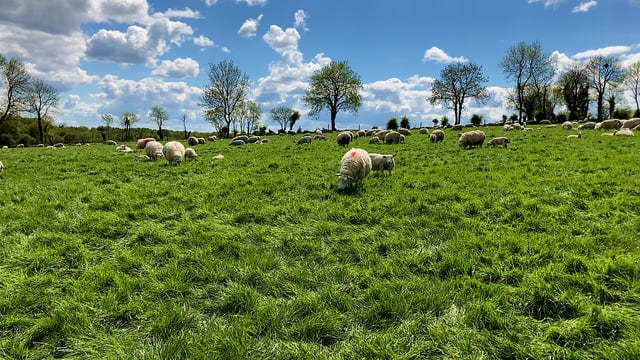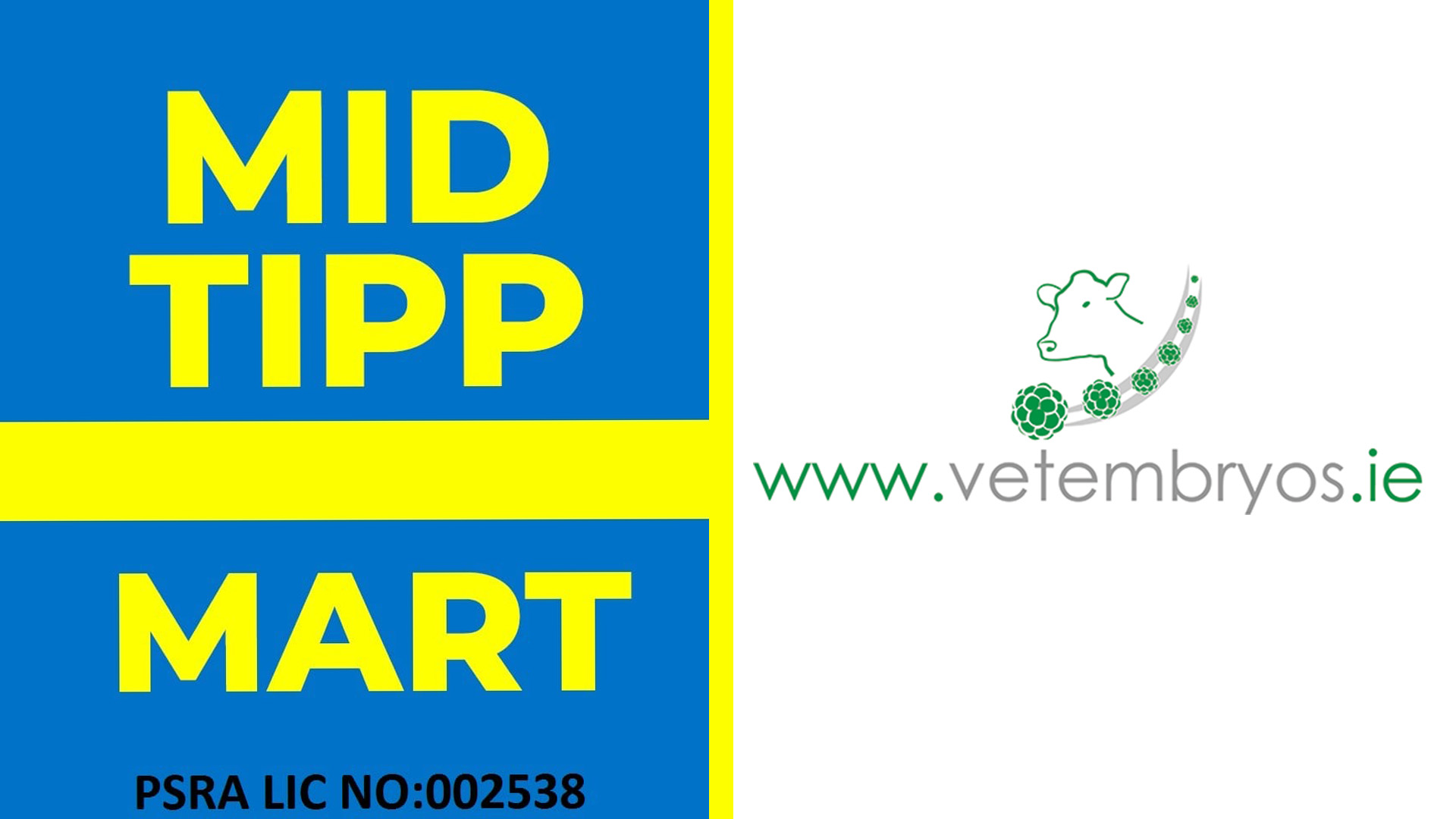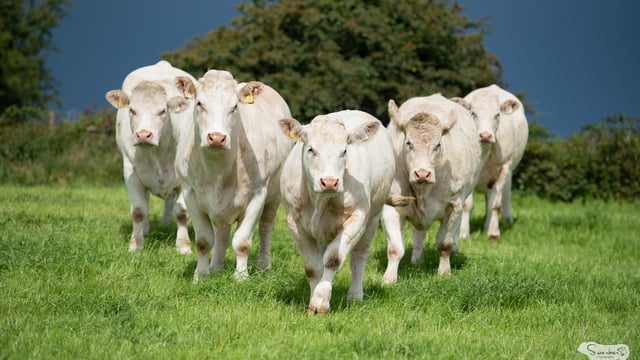Monitoring live-weight of dairy heifers
It is important to establish and monitor live-weight of young stock; weighing should be carried out every two months and compared against targets, according to research from New Zealand.
Failure to achieve target weights at mating and pre-calving will result in:
Target live weights ensure heifers reach adequate weights to be mated and calved, at or before their herd's planned start of calving.
Puberty occurs when heifers reach 42-47% of mature live weight.
Achieving target mating weights minimises the incidence of non-cycling heifers and ensures heifers are mated and consequently calve early.
This allows for more days post calving before mating starts for the herd. Higher conception rates are achieved if first calvers are mated during their second or subsequent heat.
Achieving target pre-calving heifer weights will result in higher, first lactation milk yield.
Achieving target weights begins at weaning; the target at weaning is for calves to have doubled their birth weight.
Poor growth rates or poor animal health will reduce the chances of achieving target weights.
| Age | Mature weight (%) |
| 6 months | 30 |
| 9 months | 40 |
| 15 months (breeding) | 60 |
| 22 months | 90 |
Most farmers can determine if an animal is in good or poor condition by a visual inspection, but few can accurately determine if the animal is on target weight.
Weighing heifers is the best way of determining if heifers are on target; the targets should be determined based off the mature weight within the herd.
It is important to note that all heifers should be on target - it is not a group average.
If heifers are not reaching targets, a review of the parasite control programme may be required or consultation with a vet/advisor to determine the issue.





